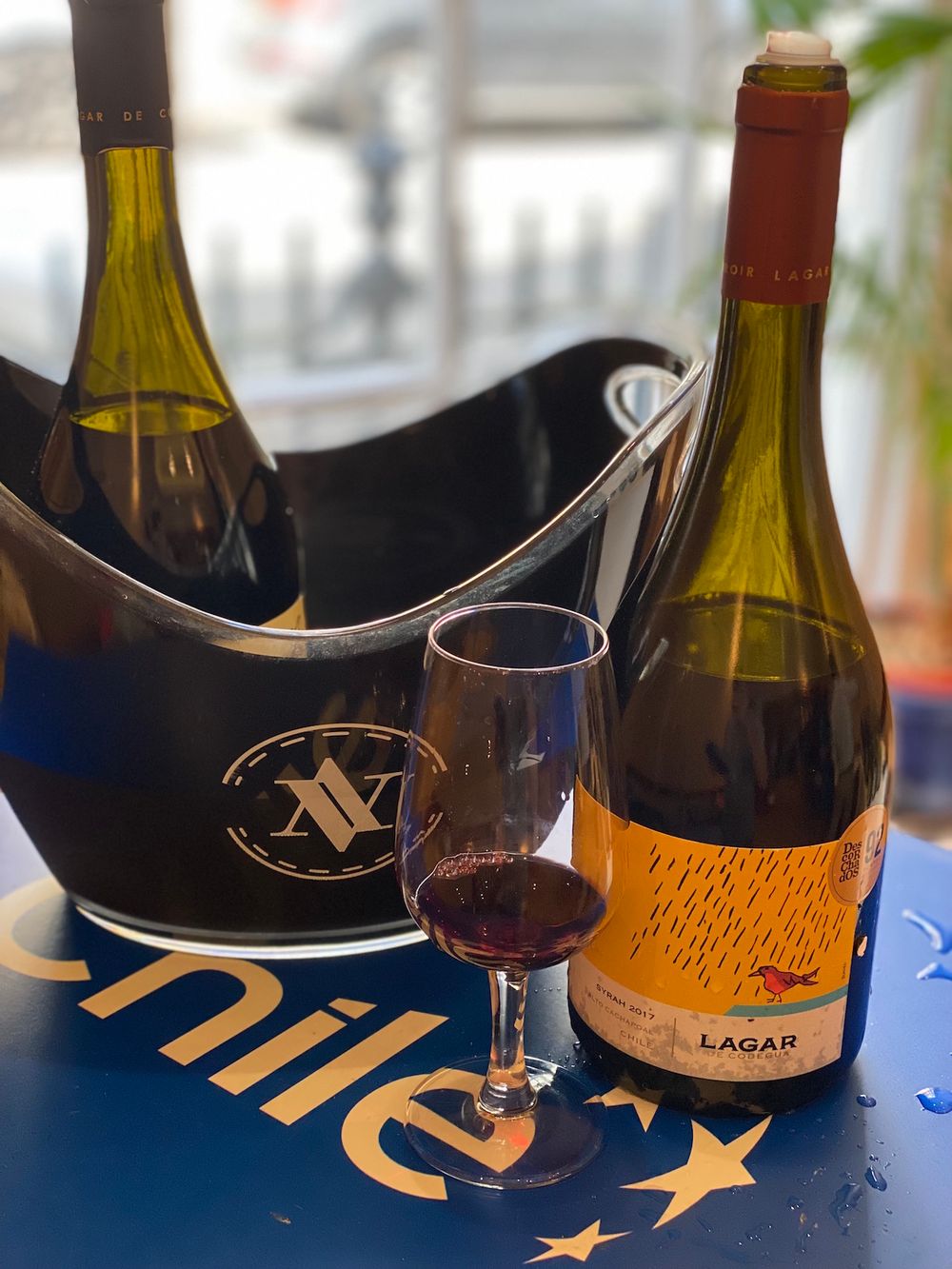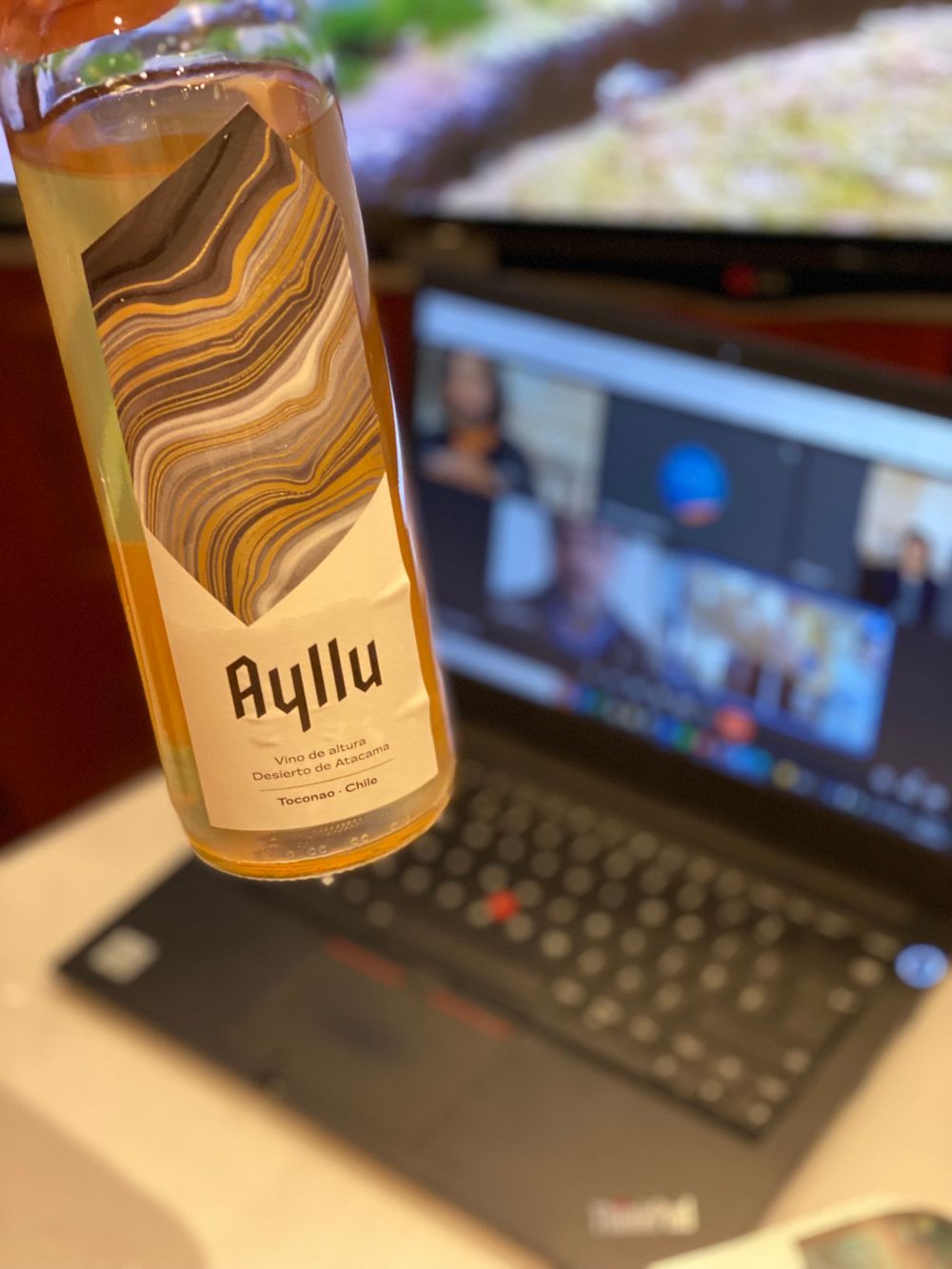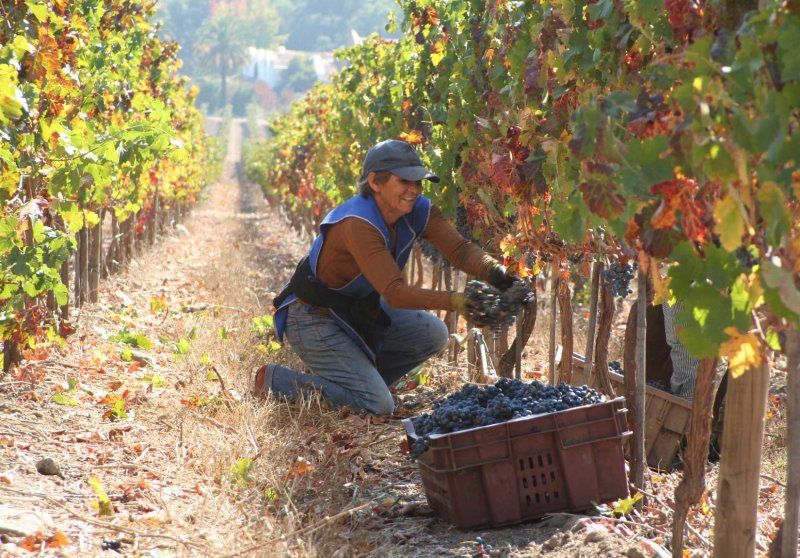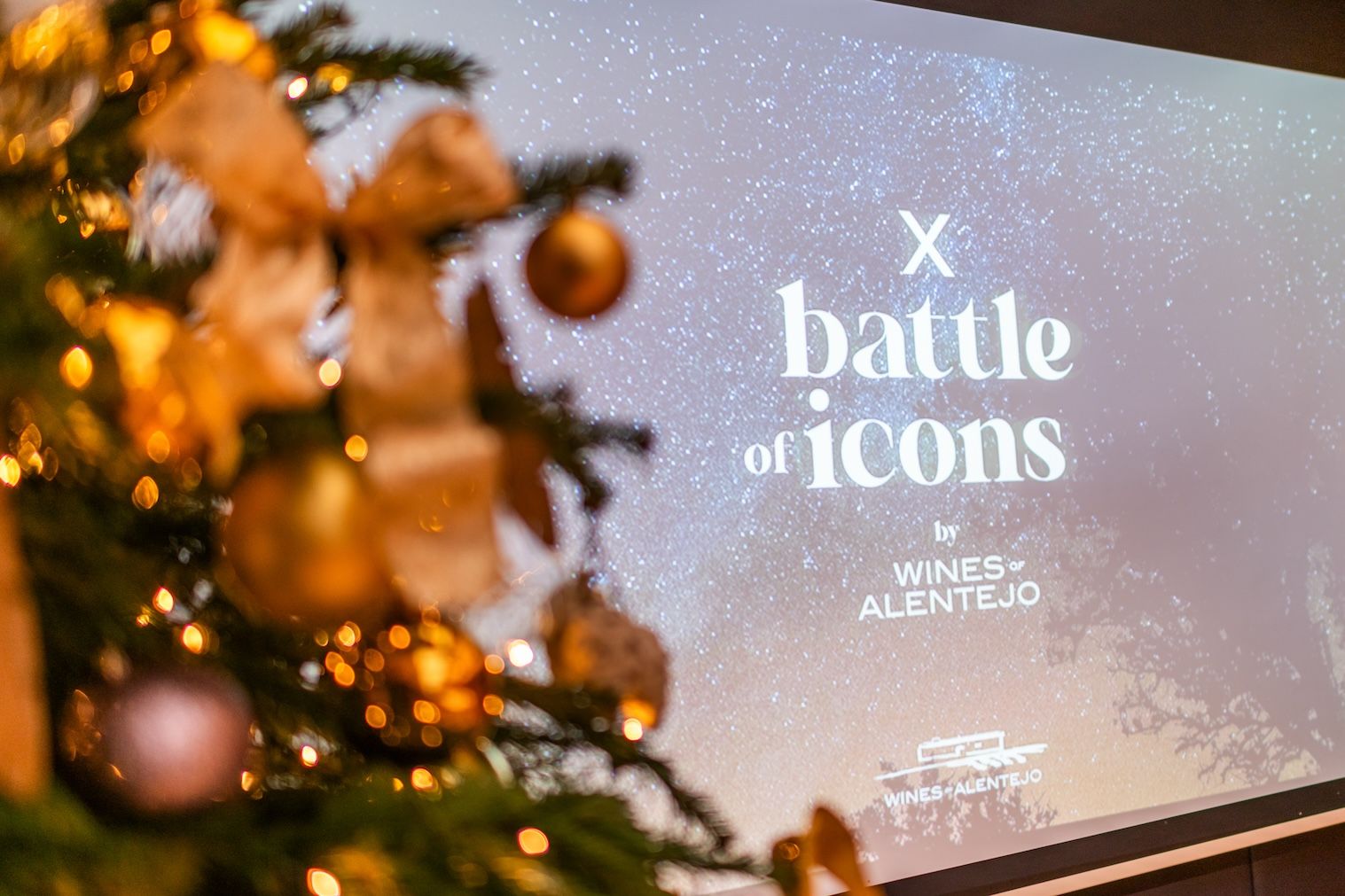“Would I choose it? If I was driving home, or just taking it easy, then absolutely yes,” Kermode writes about the unique Winebeer at the ProChile tasting.
Long, narrow and famously free of phylloxera, Chile needs little introduction to the typical wine consumer. The fourth largest wine exporter in the world, its industry has undergone a revolution in quality, much of it happening over the last couple of decades.
The UK is Chile’s third biggest market for wine exports, worth around $200 million. Though bulk is big business for the country, with international varieties at price points that are hard to beat, Chile’s smaller producers have also been enjoying increasing acclaim for their wines, thanks in part to their pursuit of grapes that are less ubiquitous.
Choose the right wine list and you’ll find the likes of Itata Pais and Bio Bio Cinsault rubbing shoulders with Maipo Cabernet and Casablanca Chardonnay, while the grape Chile calls its own, Carménère, once the source of decidedly green wines, increasingly shines in the hands of thoroughly modern winemakers.
Big brands still dominate, with the likes of Concha y Toro, Santa Rita and Errazuriz producing high quality wines across most of the main price points, meaning it is arguably somewhat tougher for smaller producers needing to find a distributor to have a crack at the UK market.
To give exposure to those wineries hoping to find a partner, ProChile UK organised a small tasting at the Chilean Embassy in London, for a not-so-blind date to pair wines with potential importers. After tasting all 40 or so wines, these were my tasting highlights, all of them recommended, all of them seeking distribution:

Lagar de Codegua ‘Amalgama’ 2018
Though there was no-one from the winery at the tasting, the wines did the talking. A lovely altitude blend of 70% Syrah and 30% Cabernet Sauvignon from the central Cachapoal Valley, in the foothills of the Andes at around 650 metres. Juicy blackcurrant, blueberry, coffee bean and sun-dried rosemary, with firm tannins and smooth cinnamon bun spice, this is ripe, but also fresh.
Lagar de Codegua, Syrah Edición Limitada 2017
Syrah really shines in Chile and this is a lovely example, revelling in its altitude freshness. A beguiling perfumed nose, with rose petals and cherry blossom, lead into pure, silky red fruit, a dusting of white pepper, with a smoky note to the finish. The alcohol is a little fervent at 14.5%, but the wine carries it well.

Ayllu ‘Naranjo’ 2021
An innovative orange wine from the driest place on earth, the Atacama desert. The vineyard, the highest in Chile, is in an oasis next to the Salar de Atacama salt flat, on land owned by the indigenous Lickan Antay people, with sandy soils that are rich in minerals and volcanic rocks. As anyone who has been to Atacama will know, the sun is relentless during the day, but the nights are chilly enough for a campfire. Made with Muscat of Alexandria grapes, night harvested by the light of the desert moon, the wine offers equal measures of floral and savoury charm, with toffee apple, cola cube, apricot, cumin and a lovely saline streak. A great wine, with a proper story, to enliven a more adventurous wine list.
Ayllu, ‘Haalar’ Red Blend, 2020
The first vintage of this blend, 40% Syrah, 40% Petit Verdot, 13% Cot (Malbec) and 7% Garnacha. An elegant violet-scented nose, with spicy red berries and cherries and foraged blackberry, this is punchy, with peppery tannins and a lovely lingering note of dark chocolate with salt crystals.

Viña Aromo ‘El Autoctono’ Pais, 2020
From a family winery in the heart of the Maule Valley, founded in 1922, a charming, juicy-fruited, light, crunchy Pais, with sweet-scented ripe strawberry, raspberry, pink peppercorn and vanilla pod (though nothing to do with oak, as fifth-use, neutral barrels are used). A lovely, breezy, chillable summer red.
Viña Aromo ‘Caleuche’ Grand Reserve, 2017
A blend of 60% Cabernet Sauvignon and the remainder Syrah from the Maule Valley. Boasting bright red fruit and herbal charm, a well-balanced wine with satisfying savoury spice.
Via Wines ‘The Lost Barrel’ 2017
From granitic soils in Maule, an unusual Carignan-led blend, at 60%, with almost equal parts Cabernet Franc and Petit Verdot, there’s a perfumed blackcurrant bush nose, with ripe black fruit, fresh marjoram, the potential terrifying tannins tamed by a mix of new and used French oak and framed by a mineral structure.
Viña Chocalán ‘Vitrum’ Blend 2019
A Cabernet Sauvignon-led blend, from the Maipo Valley, with a hefty chunk of Syrah and Carménère, Cabernet Franc, Malbec and Petit Verdot playing a supporting role. Big, box office and crowd-pleasing, with purple, generous, juicy fruit, liquorice, tobacco leaf and sweet spice, this reminded me of happy times in Las Vacas Gordas, an epic steak house in suburban Santiago. It’s the kind of wine they serve there.

Winebeer And Some Bubbles NV
They used to say that wine and beer made you feel queer, but – somehow – this works, though I’m not sure about the name. Made by Viña Morandé, Sauvignon Blanc is fermented and filtered, then macerated with hops, delivering a refreshing low alcohol option at 5% ABV. Best described as a mix of bitter lemon, white stone fruit and hoppy shandy, it’s not sugary (11g per litre residual sugar) and contains fewer than 100 calories. Would I choose it? If I was driving home, or just taking it easy, then absolutely yes.
The wineries represented above can be contacted via Nicolás Poblete, trade advisor at ProChile UK.






































